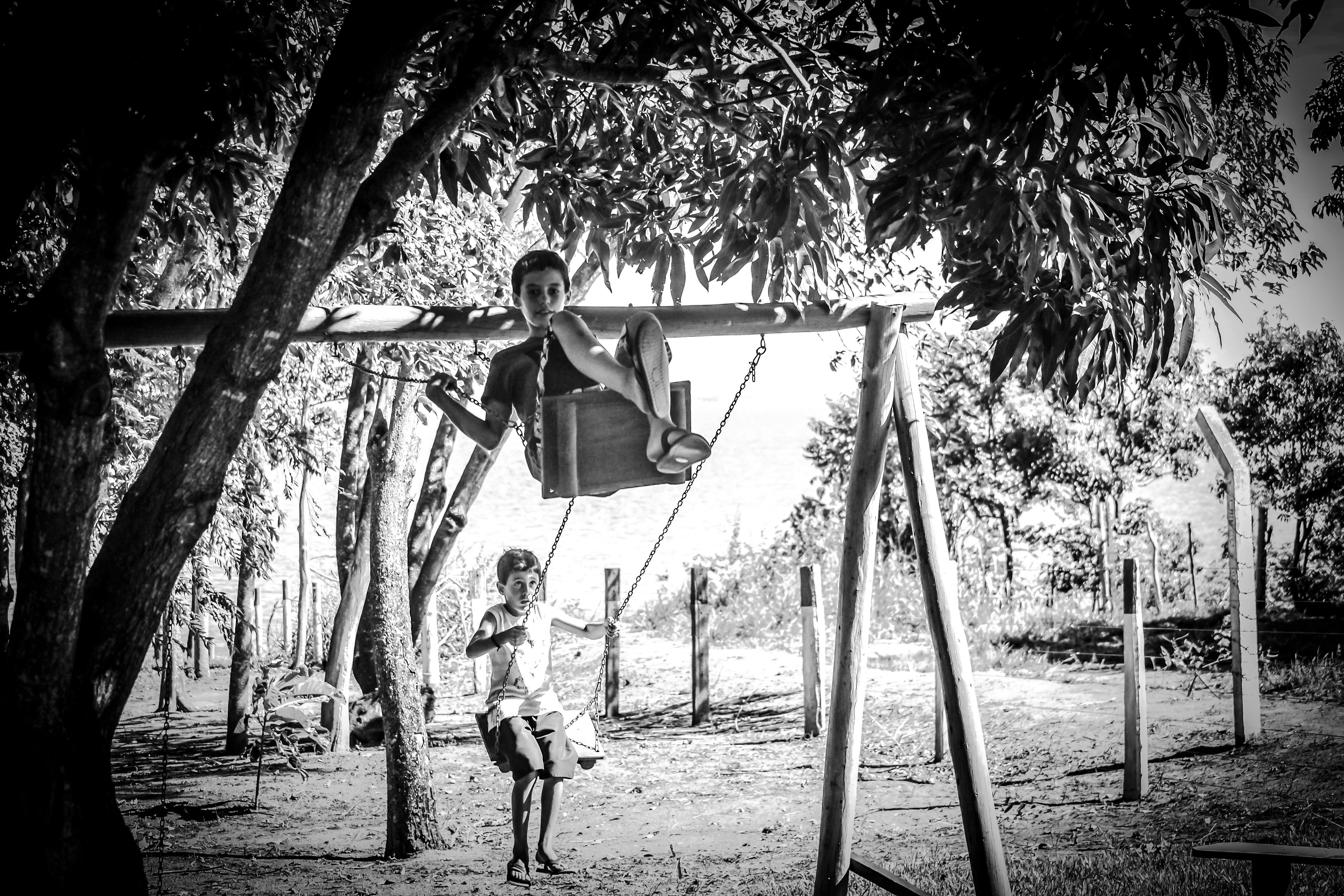Lake Mburo is located on 260 km of slightly undulating savanna-type terrain and a series of swamps that support bird life. Lake Mburo has registered about 68 different species of mammals, approx. With 313 different species of birds, including Uganda’s national emblem, the crested crane found in a part of Uganda covered by an extensive 158-square-mile savannah of acacia forests, Mburo has a markedly different fauna than other reserves. The rains here are quite erratic and unpredictable, but most of the rain tends to fall in April and November. Lake Mburo National Park sits in the rain shadow between Lake Victoria and the Rwenzori Mountains, receiving an average of just 800mm of rain a year, with July and August being the hottest months.
Lake Mburo is 3 hours and 30 minutes from Kampala, the capital city, which is located between Masaka and Mbarara, in southwestern Uganda. The park is located between 1,219 meters and 1,828 meters above sea level.
A legend is told of two brothers, Kigarama and Mburo, who lived in a great valley. Kigarama dreamed that the two of them were in danger, the next morning, he told his dream to his younger brother Mburo and told Mburo that they should move. Mburo rejecting this advice, Kigarama wisely moved into the hills. The valley was flooded, a lake was formed, which drowned Mburo. Today the lake is named after him and the hills are called Kigarama after his brother. The word mburo is similar to “mboro”, the Runyankole name for the cassine tree which has a powerful aphrodisiac effect. One such tree, showing signs of bark and branching, can be seen near the Kigambira Loop crossroads.
In the early 1060s, Bahima herdsmen occupied the “karo karungy”, which literally means “good grazing land”. The area was sparsely populated due to the presence of tsetse flies that would harm wildlife and local people. The Nshara was used by “omugabe/King of Ankole as a royal hunting ground, there he forbade the Bahima to graze their cattle in that area except during the dry seasons. However, when the area was hit by the rinderpest epidemic Herdsmen around the Mburo area moved their herds to the Nyabushozi area, which is on the Kampala-Mbarara highway.
TO DO:
Animal Watching: This is one of the main tourist activities in this Park; It is famous for its richness in biodiversity. It has zebra, impala, buffalo, topi, eland, roan and leopard antelope, hyena and jackal as predictors.
Boat rides: Since you may not be able to track all the animals, a boat ride might help you clearly see crocodiles, hippos, and birds such as pelicans, black herons, herons, cormorants, ospreys, you may also see the rare Shoebill Stork and all of them will fill your visit with pride. The duration of each boat cruise is negotiable.
Guided walks: Visitors have the opportunity to walk the circuit at their own pace in the company of an armed guide. The nature trail offers a walk in the Rubanga forest, although it is very small, it has a closed canopy. A common tree is Markhamia platycalyx (grayish-brown lorry with irregular scaly patches, divided leaves, peeling, red-spotted yellow flowers; extremely long, up to 1.3 m pod-shaped fruit branches. Palms, figs, sap, a tall tree whose leaves turn red before falling and the fire tree Erythrina abyssinica appears towards the edge of the swamp, the visitor has the opportunity to admire nature in situ.The trail is interpreted in brochure form in both English and Runyankole .Salt is a summary of everything.The strategically located wooden hide (observation point) offers the opportunity to see at least 4 different species of animals at any given time as they lick the salty ground.The most interesting thing to note is that this is does without the conscience of animals.
Bird watching: First-time visitors to Lake Mburo National Park are fascinated by the variety of large and colorful birds, such as the rosy-backed pelican, darter, white pelican, yellow-billed duck, cormorant long, the white-winged black tern and the greater cormorant. , most of which can be seen in the papyrus swamps and Rubanga forest.
Fishing: Lake Mburo has about 6 species of fish, with tilapia (Oreochromis leucostictus) being the most common. Visitors who plan to enjoy sport fishing in Lake Mburo must bring their own fishing equipment and fish at the designated point in Mazinga. A restaurant is available at campsite 2 to ensure maximum relaxation for visitors while on the lake. However, local people also fish from canoes, this can only be done in an area where there are no hippos or crocodiles.
Accommodation
Rwonyo Rest Camp is available at the park headquarters, for single or double occupancy. Meals are not available to visitors, visitors are welcome to bring their own food which camp staff can help prepare or purchase from the Tembo canteen. Lighting is provided with hurricane lamps and buckets of warm water for bathing. A campfire can be arranged upon request.
Mantana Camp, stunning views over 3 lakes, offers good service while retaining the authentic spirit of safari. Each tent has two single beds and a bathroom. Each terrace is positioned to take advantage of the stunning African sunsets. The dining room is built on stilts to offer guests panoramic views from the treetops to the lakes.
The Lake View Hotel in the nearby town of Mbarara is a modern, locally owned hotel. All rooms have a private bathroom. The hotel has a bar, restaurant, terrace, swimming pool and sports center. The hotel’s small lake is often surrounded by marabou storks.
Mihingo Lodge – The luxurious tent room is located on a private part of the lodge property, it is a quiet and exclusive retreat next to Lake Mburo National Park. . With en-suite bathrooms with stunning views, including hot and cold running water, showers and toilets. The main dining room is a large thatched-roof structure built from rocks, the wood of dead and weathered olive trees found on the land, and native grasses. Below the dining room, an infinity pool extends from the rocks and seems to disappear into the vast landscape beyond, guests can enjoy views of a west-facing valley and its stunning sunsets over Lake Mburo National Park.


